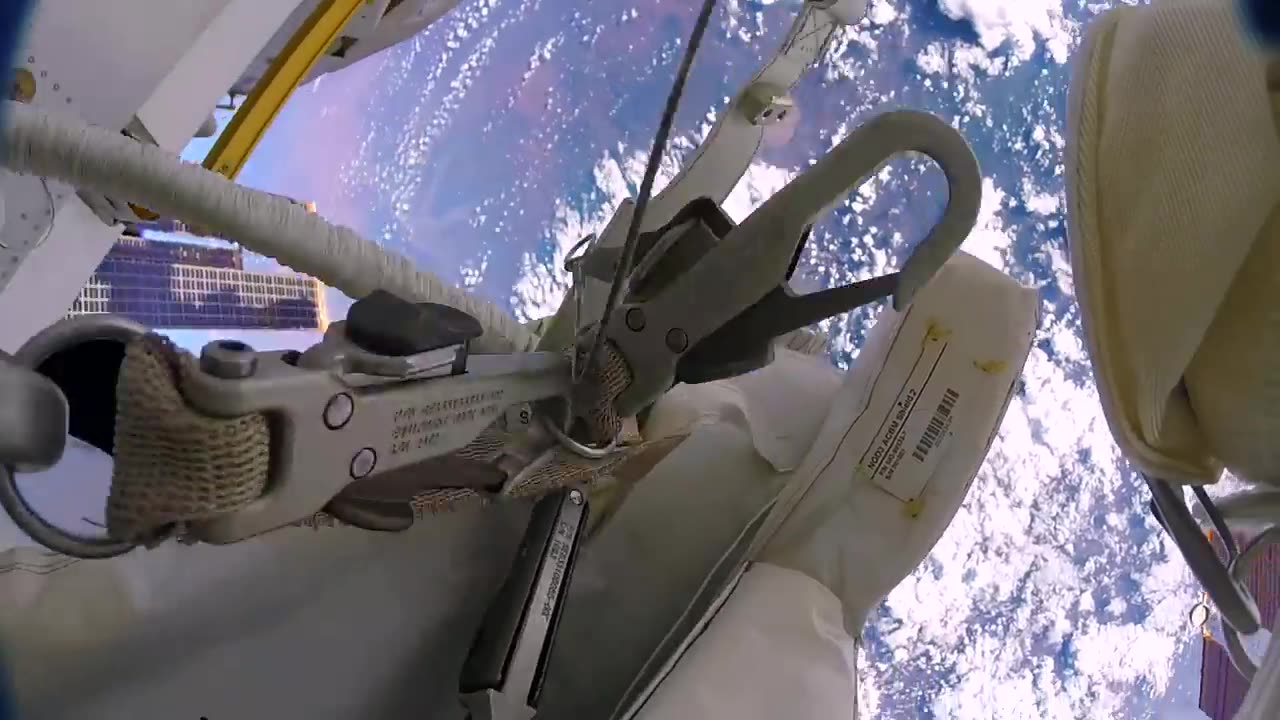Premium Only Content

NASA's Look at 50 Years of Apollo S1 E12
Our first wheels on the Moon. On the Apollo 15 mission, the Lunar Roving Vehicle allowed the astronauts to cover a much greater distance on the Moon than the previous three flights had accomplished. This year marks the 50th anniversary of the Apollo 15 mission. On July 26, 1971, David R. Scott (Commander), James B. Irwin (Lunar Module Pilot) and Alfred M. Worden (Command Module Pilot) launched from Kennedy Space Center’s Launch Complex 39A.
Apollo 15: "Never Been on a Ride like this Before"
Apollo, the project conducted by the U.S. National Aeronautics and Space Administration (NASA) in the 1960s and ’70s landed the first humans on the Moon. All told, 24 Apollo astronauts visited the Moon and 12 of them walked on its surface. Additional NASA astronauts are scheduled to return to the Moon by 2025 as part of the Artemis space program.
In May 1961 Pres. John F. Kennedy committed America to landing astronauts on the Moon by 1970. The choice among competing techniques for achieving a Moon landing and return was not resolved until considerable further study. Three methods were considered. In direct ascent, one vehicle would lift off from Earth, land on the Moon, and return. However, the proposed Nova rocket would not be ready by 1970. In Earth orbit rendezvous, a spacecraft carrying the crew would dock in Earth orbit with the propulsion unit that would carry enough fuel to go to the Moon. However, this method required two separate launches.
Apollo 15 set several new records for crewed spaceflight: heaviest payload in a lunar orbit of approximately 107,000 pounds, maximum radial distance travelled on the lunar surface away from the spacecraft of about 17.5 miles, most lunar surface moonwalks (three) and the longest total of duration for lunar surface moonwalk (18 hours, 37 minutes), the longest time in lunar orbit (about 145 hours), longest crewed lunar mission (295 hours), longest Apollo mission, the first satellite placed in lunar orbit by a crewed spacecraft, and first deep space and operational spacewalk.
-
 LIVE
LIVE
VINCE
1 hour agoAre The Walls Closing In On Obama? | Episode 92 - 07/24/25
24,047 watching -

Dear America
1 hour agoBOMBSHELL!! Hillary Was on Tranquilizers!! AND The Clintons Are Being Subpoenaed Over Epstein!!
37.4K46 -
 LIVE
LIVE
Badlands Media
7 hours agoBadlands Daily: July 24, 2025
2,112 watching -
 LIVE
LIVE
Matt Kohrs
9 hours agoStocks Push New Highs, Breaking Market News & Live Trading $1M w/ AI
1,006 watching -
 LIVE
LIVE
Wendy Bell Radio
6 hours agoNo One Is Above The Law
9,800 watching -
 LIVE
LIVE
LFA TV
12 hours agoLFA TV ALL DAY STREAM - THURSDAY 7/24/25
3,661 watching -
 LIVE
LIVE
StoneMountain64
39 minutes agoBattlefield 6 Trailer REVEAL
58 watching -
 LIVE
LIVE
LumpyPotatoX2
1 hour agoOFF THE GRID + OpenSeas Release - #RumbleGaming
56 watching -
 1:21:47
1:21:47
JULIE GREEN MINISTRIES
3 hours agoUNPRECEDENTED MOVES ARE BEING MADE TO BRING BACK THE GOLD STANDARD IN THIS NATION
100K131 -
 LIVE
LIVE
PudgeTV
10 hours ago🟠 Gaming on Rumble | Star Wars Battlefront 2
86 watching